Second Grade: My Community, My World: Let's Go Fishing!
Docent Curricular Tour
Discussion: In second grade, students continue the integrative approach to social studies through the context of the local community. This the first time students are introduced to a social environment larger than their immediate surroundings and they draw upon knowledge learned in previous grades to develop more sophisticated understandings of social studies. This particular tour focuses on water, fish, and fishing and highlights natural resources, symbolism, and communal activity.
Michigan Social Studies Concepts
Use historical thinking to understand the past. Use geographic representations to acquire, process, and report information from a spatial perspective. Understand how regions are created from common physical and human characteristics. Understand how human activities help shape the Earth’s surface. Understand the effects of human-environment interactions.
Art Concepts
Compare and explore elements of art and principles of design to communicate ideas related to personal environment. Understand, analyze, and describe the arts in their historical, social, and cultural contexts. ART.VA.IV.2.2 Discuss the subject matter of artwork from particular cultures at specific times.
Engagement Strategy
What is it like living in Michigan? We are surrounded by great lakes, small lakes, rivers, and streams. How do these bodies of water change in different seasons? [Boating in the summer, ice fishing in the winter]. To “hook” the students, possibly wear a fishing vest or hat or bring a fishing fly. Possibly bring in a fish fossil from the Great Lakes.
Today we will consider how water, fish, and fishing are part of our local (and state) community, as well as how other global cultures (past and present) view marine life.
Stop 1: Stanley, Mt Hood
Social Studies Concept: What are natural resources?
Talking Points:
· What do you see in this painting that people could use to make homes, to eat, to trade, to make clothes? These are natural resources. [pass around various natural resources: bones, skins, rocks, clay]
· Let’s look more closely at the native American community here on the left. Can you see how they use the resources? [lots of water for drinking, fishing for survival]
· Compare the living structure (tipi) with the small wooden structures (for smoking fish). What are the differences?
Stop 2: van Ruysdael, "View of the Fortifications at Gennep on the Maas River"
Social studies concept: communal activities differ in various socio-economic settings. Communities can be urban, rural, or suburban
Alternate: Turner, “Bedford, Bedfordshire” (work on paper, not always available)
Talking Points:
· What do you see?
· Is this a big city, small town, or rural community?
· Some people choose to fish alone, to be quiet in nature and removed from a noisy city. These people are on the water together. Why do you think these people are fishing? [as a leisure activity, not for survival]
· What kind of clothing are these people wearing? What other clues lead us to believe that they are not only fishing for survival?
Stop 3: Boudin, "Fish Market, Honfleur". Alternate: Daubing, "Evening"
Social Studies concept: understand principles of economics (scarcity and choice) to understand activity in a market economy and recognize examples of economic specialization and its relationship to trade.
Talking Points:
· Can you find fish in this painting? Play “I spy” to find fish and fishermen. Discuss the brushstrokes and painting technique vs. a crisp photograph.
· Selling fish can be a job. Has anyone visited Monohan’s fish market (or any fish market) and seen fish on ice? How else could a fishmonger advertise what s/he is selling [headpiece identifies fish as a commodity]
Stop 4: Inuit Soapstone Carving
Social Studies Concept: Social Studies concept: communities can be urban, rural, suburban.
Art Concept: subject matter of the work of art influenced by the place and time of production, technology available. A community needs specially trained people to make art.
Talking points:
· Communities change as technology changes. Artists and sculptors use what is available to them in their environment and at the time when they are working. What does this artist use as tools?
· What are different ways of fishing? How are these influenced by environment and weather and technology? [spearfishing, ice fishing, fly fishing]
· If you have some time, read Nessa’s Fish, an illustrated book about a young Inuit girl and her grandmother who have caught more fish than they can carry home. Available in the docent office.
Stop 5: Fish-shaped water dropper, Korean
Social studies concepts: Community values differ in various contexts.
Art concepts: Understanding the visual arts in relation to history and culture. Art made for different purposes: decorative, utilitarian, expressive, spiritual.
Talking points:
· When you see a fish, what do you think? Does it make you think of the animal or something else? [water, early Christian symbol]
· Why would artists choose to sculpt in the shape of a fish? In Chinese culture, fish are symbolic of “eternal prosperity.”
· Activity: rubbing of a clay fish to notice the texture of scales, fins, etc. Could also possibly add the Chinese character for “fish.”
Extra Activity:
Make simple origami fish. See attached
instructions.
Part of 1 Learning Collection
<p>Docent Curricular Tour</p>
Rate this Resource
AVG: 0 | Ratings: 0
& Author Notes
Creative Commons by-nc-saLast Updated
April 25, 2017 12:25 p.m.Report
Reporting Policy
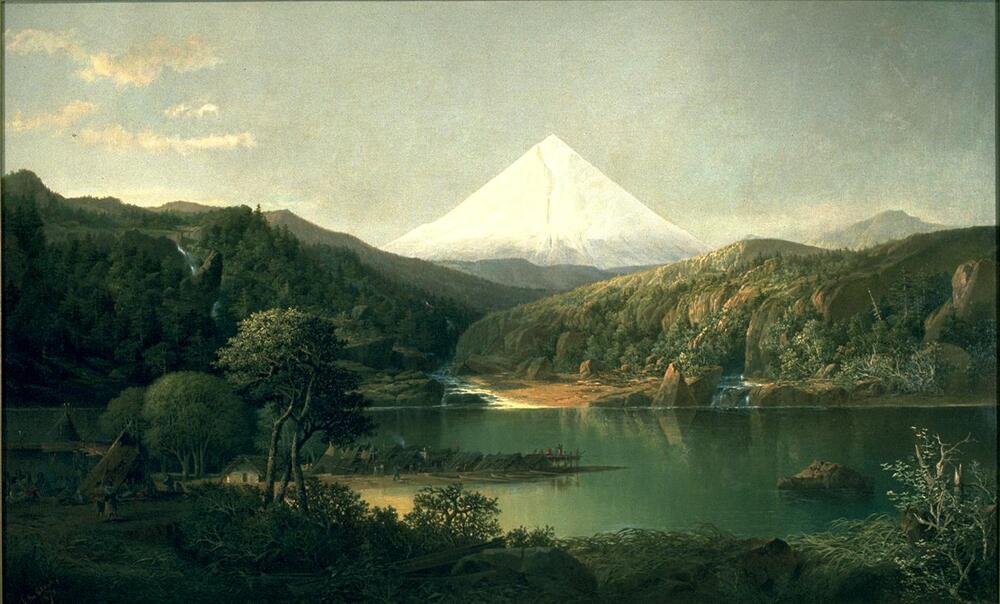
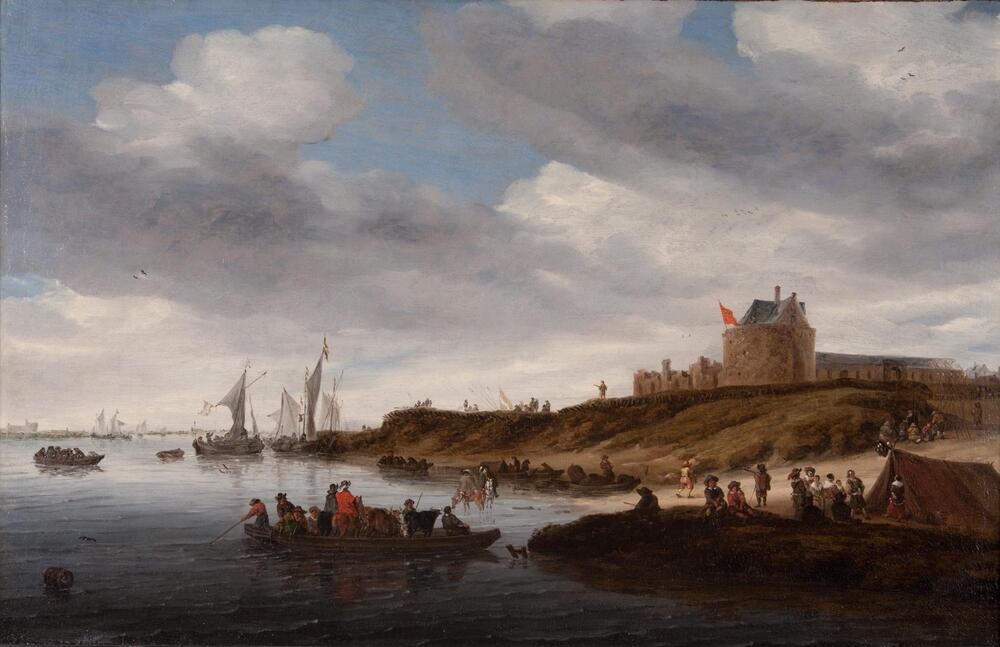
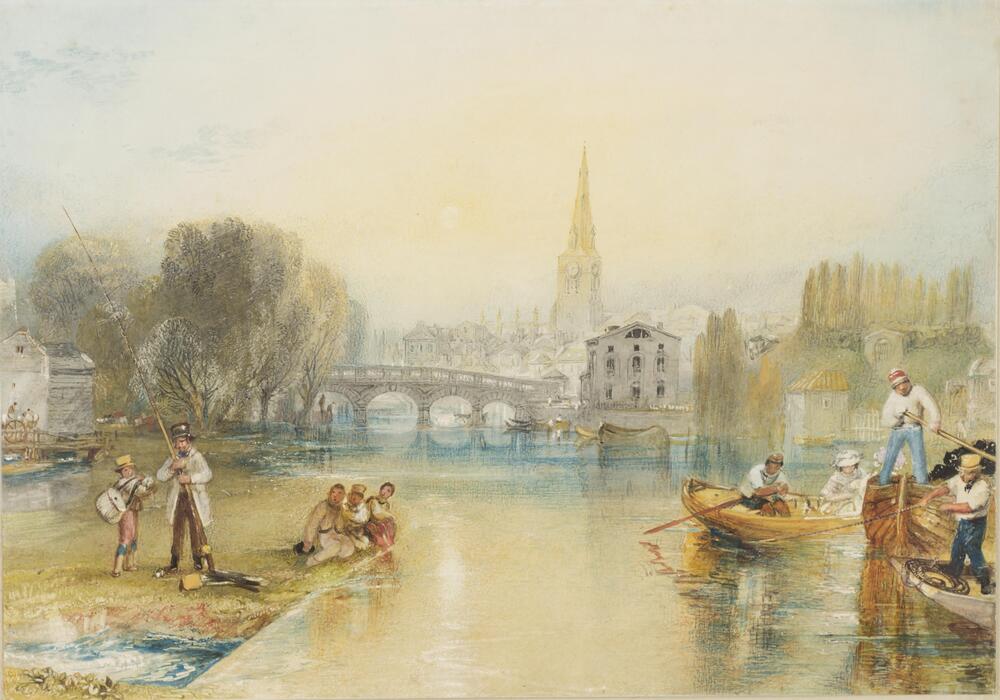
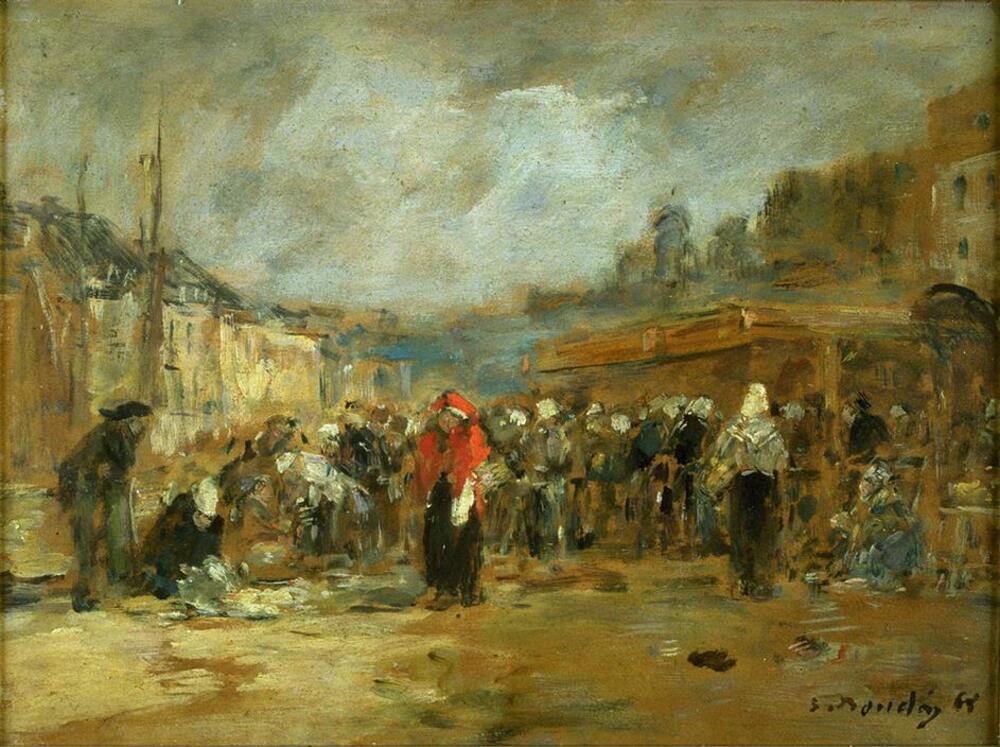
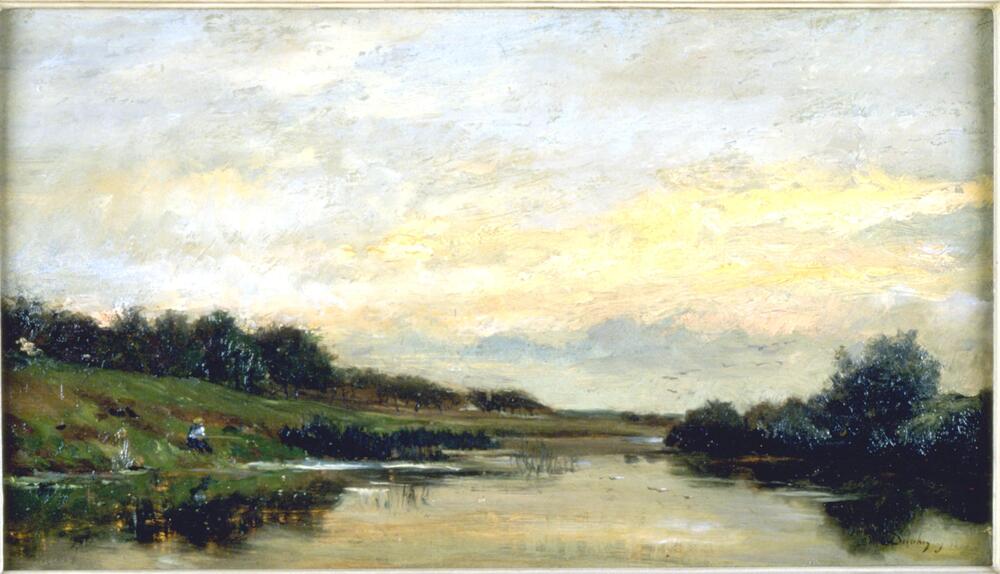
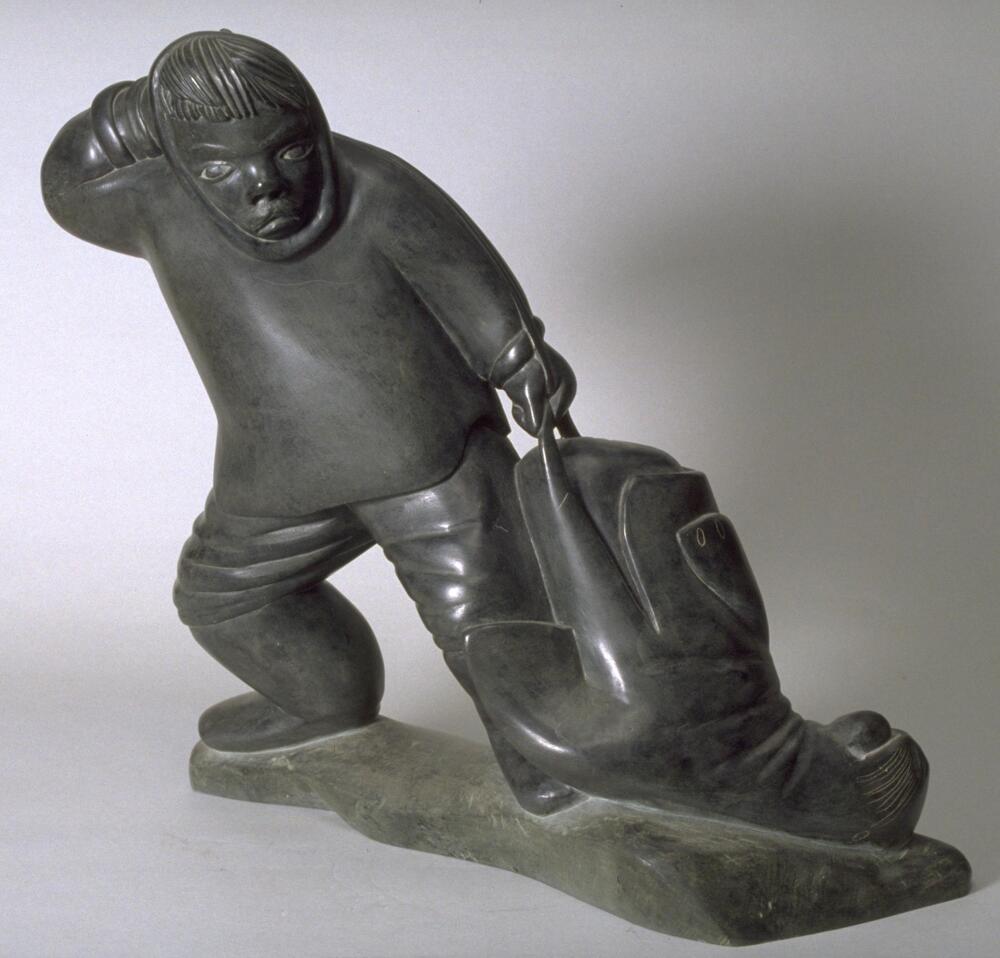
![A round water dropper in the shape of a curled fish. There are two holes, one located in the middle, near the tail fin, and the other near the head on the dorsal fin. The fish is a white and cobalt blue color.<br />
<br />
This is a carp-shaped water dropper produced within the vicinity of Bunwon-ri, Gwangju-si, and Yeoju-si area in Gyeonggi-do in the late 19th century. Its upper surface features a realistic carp design in relief and entirely colored with cobalt blue. Such animal-shaped vessels are simple in form, but they were esteemed by many for their auspicious meaning. The base is flat, wide, and stained by ink.<br />
[Korean Collection, University of Michigan Museum of Art (2014) p.184] A round water dropper in the shape of a curled fish. There are two holes, one located in the middle, near the tail fin, and the other near the head on the dorsal fin. The fish is a white and cobalt blue color.<br />
<br />
This is a carp-shaped water dropper produced within the vicinity of Bunwon-ri, Gwangju-si, and Yeoju-si area in Gyeonggi-do in the late 19th century. Its upper surface features a realistic carp design in relief and entirely colored with cobalt blue. Such animal-shaped vessels are simple in form, but they were esteemed by many for their auspicious meaning. The base is flat, wide, and stained by ink.<br />
[Korean Collection, University of Michigan Museum of Art (2014) p.184]](/media/W1siZiIsIjIwMjIvMDkvMjQvNDI4bnhsZWJzcF9kZWZhdWx0LmpwZyJdLFsicCIsInRodW1iIiwiMTAwMHgxMDAwIl1d?sha=fe0a377e43bcd6c3)
